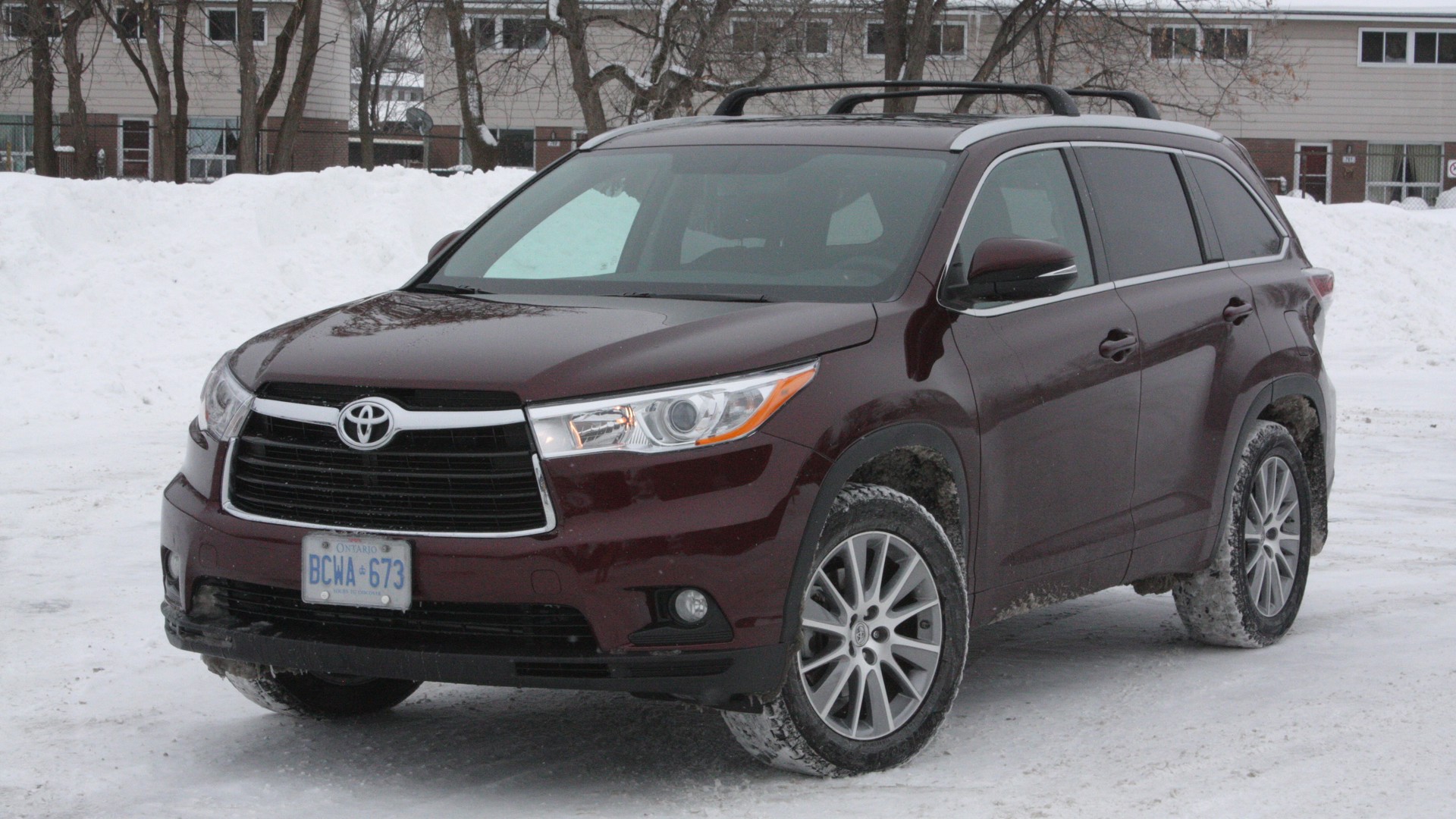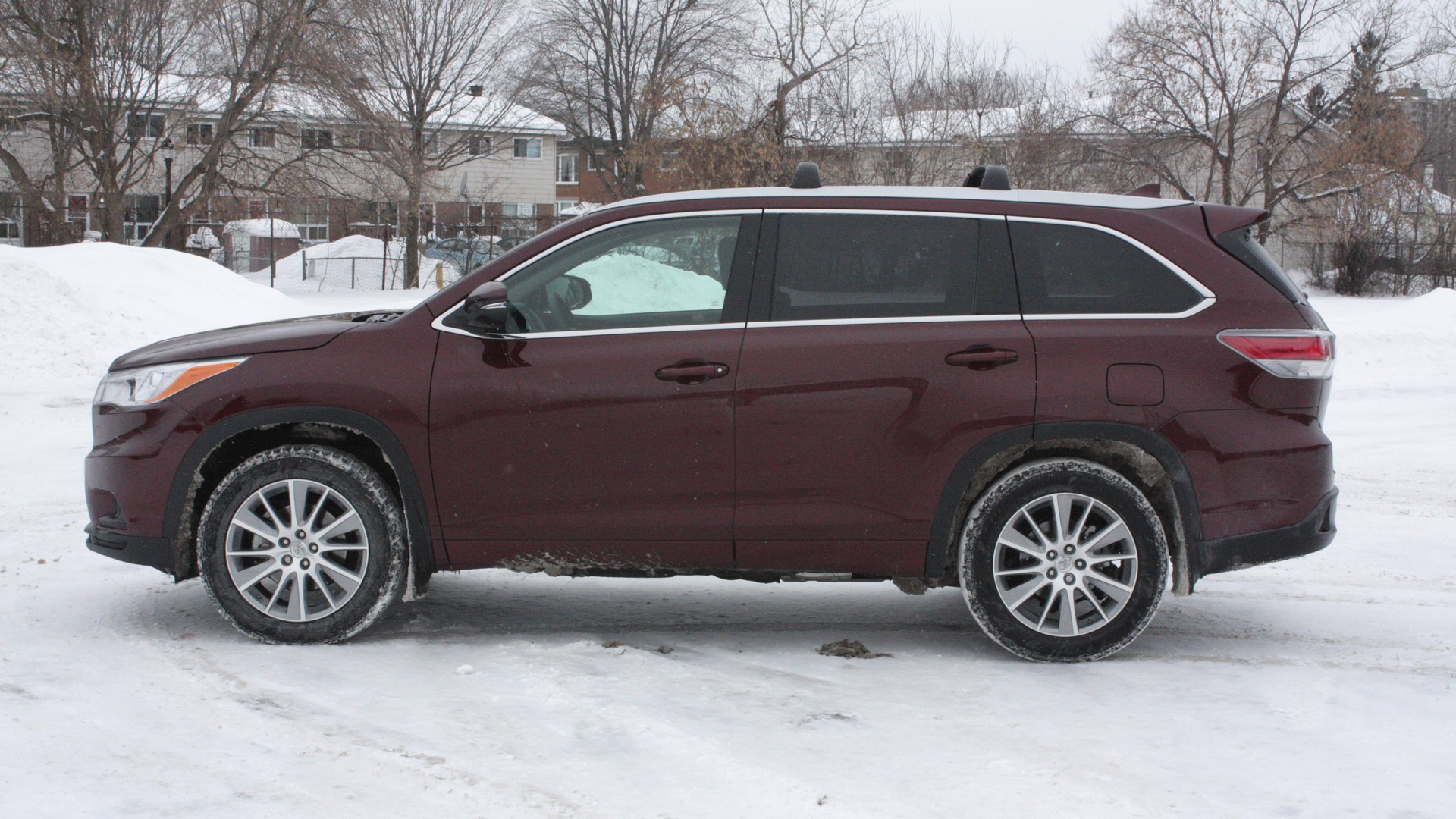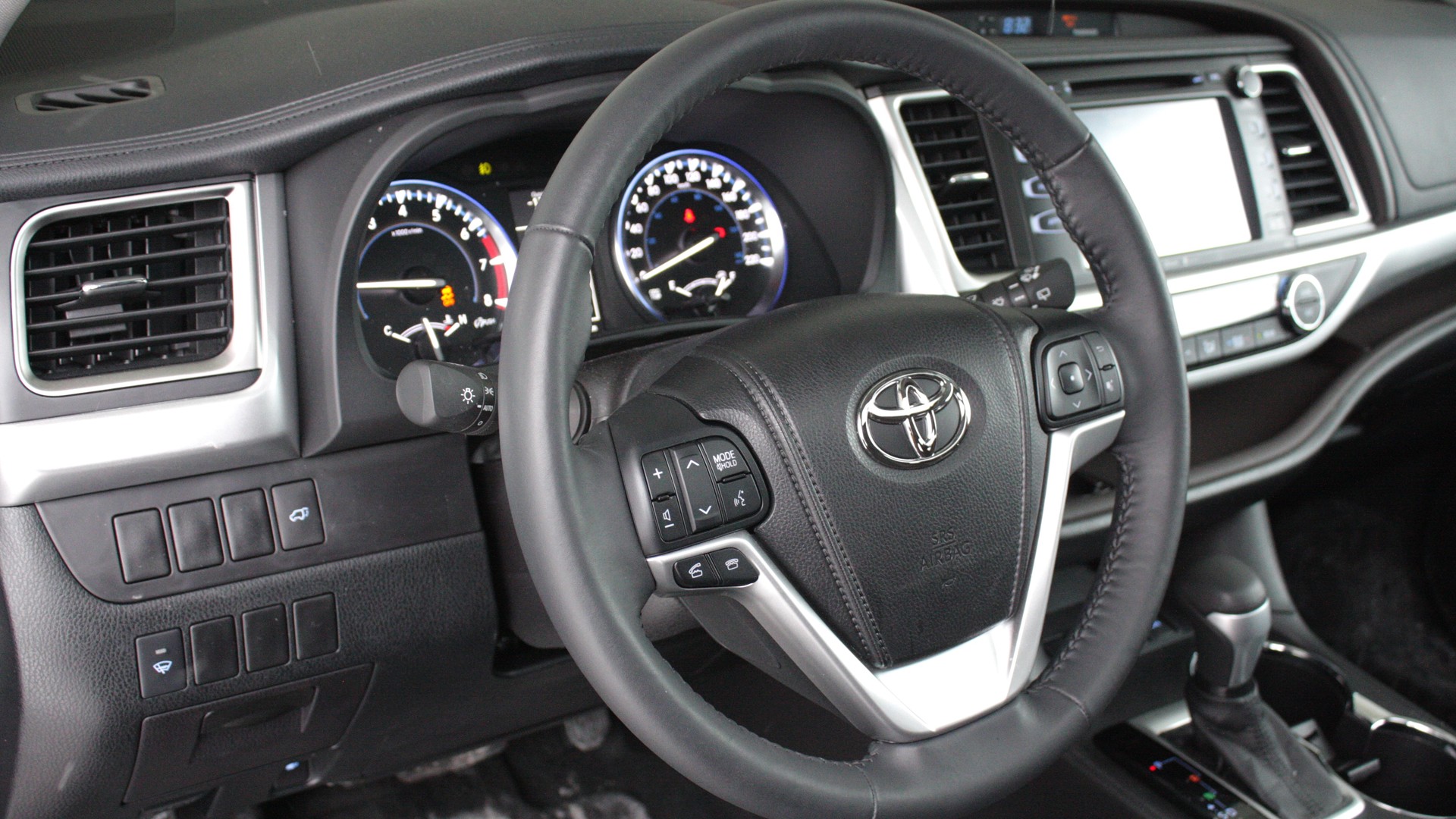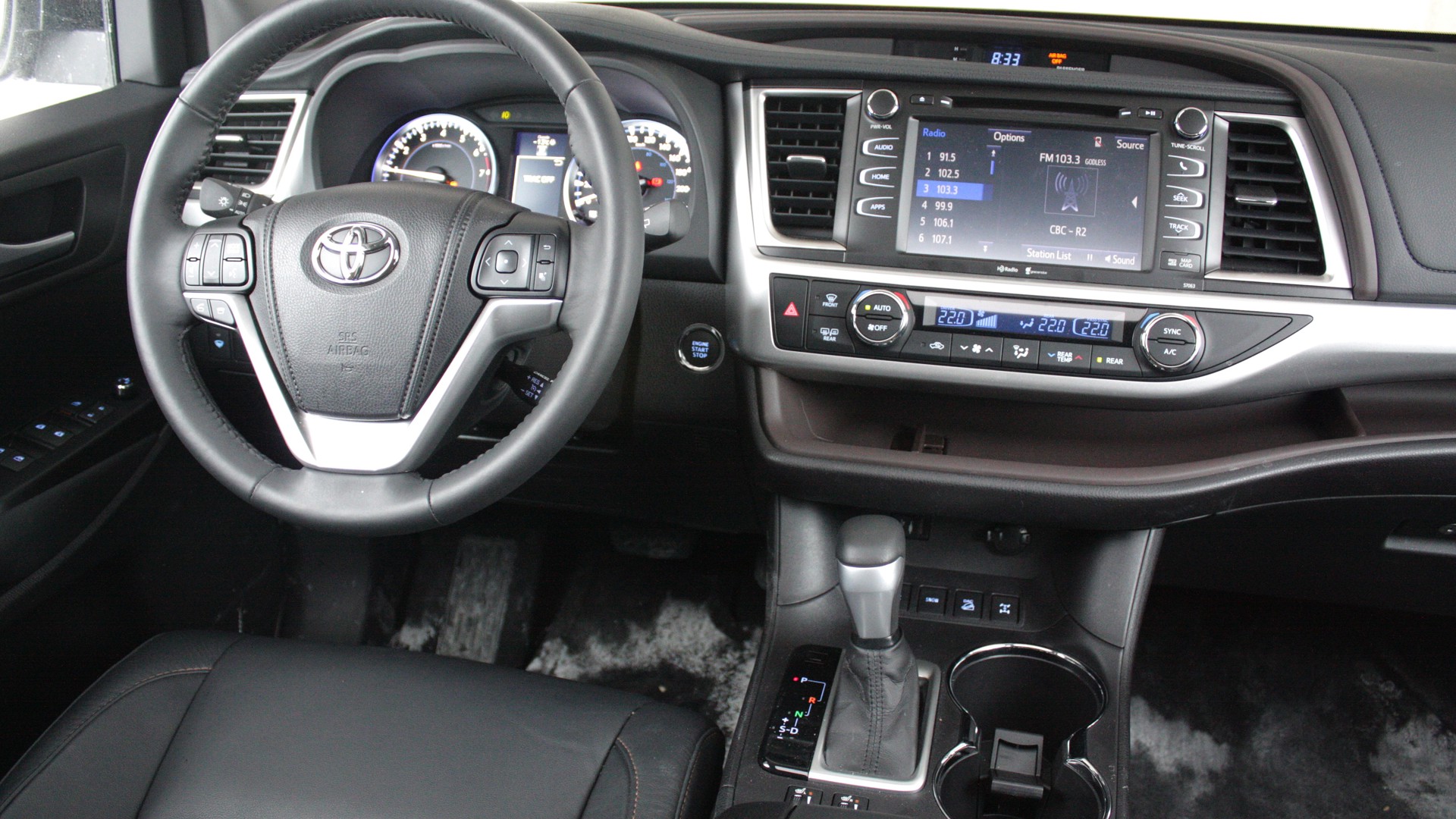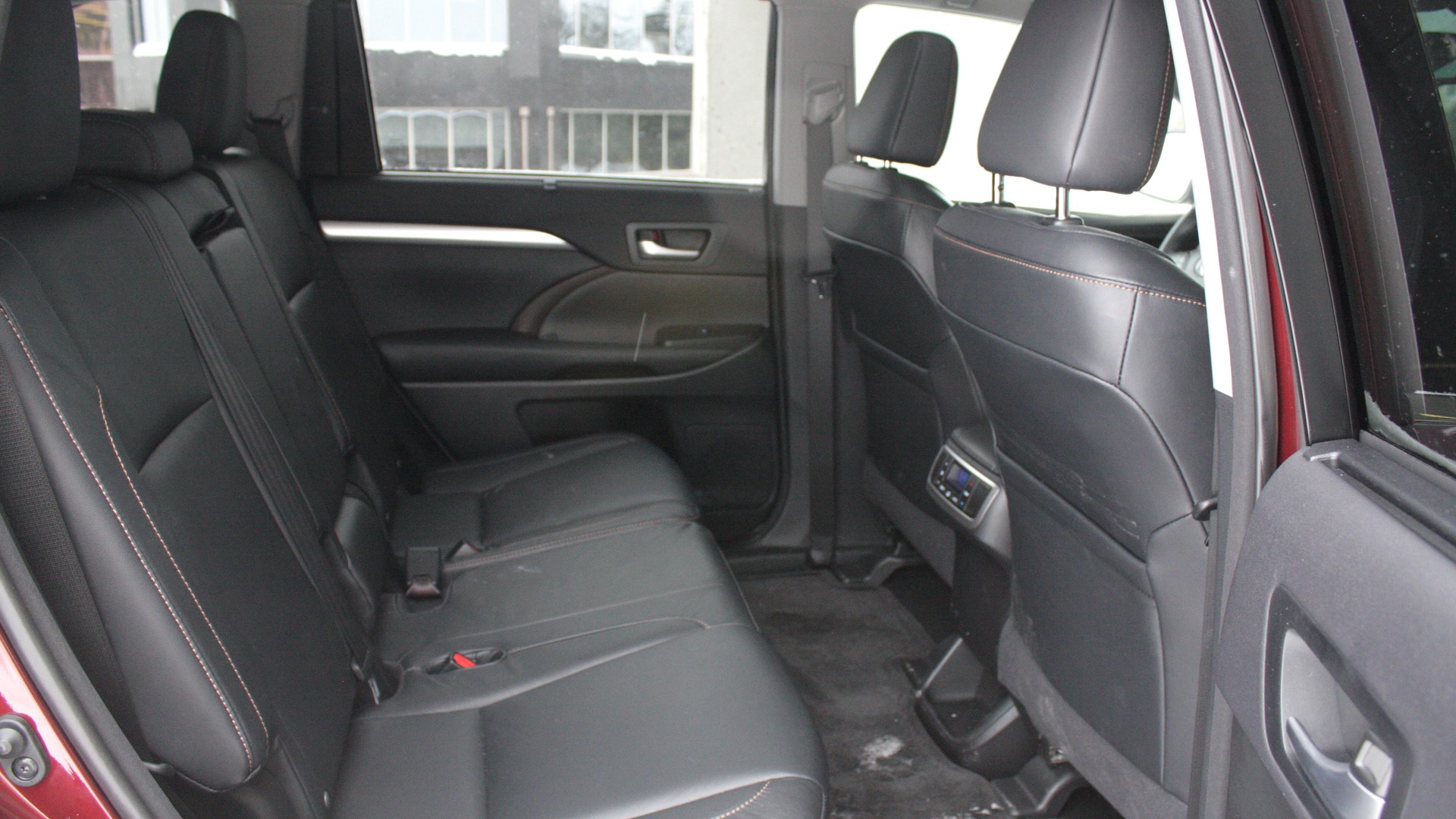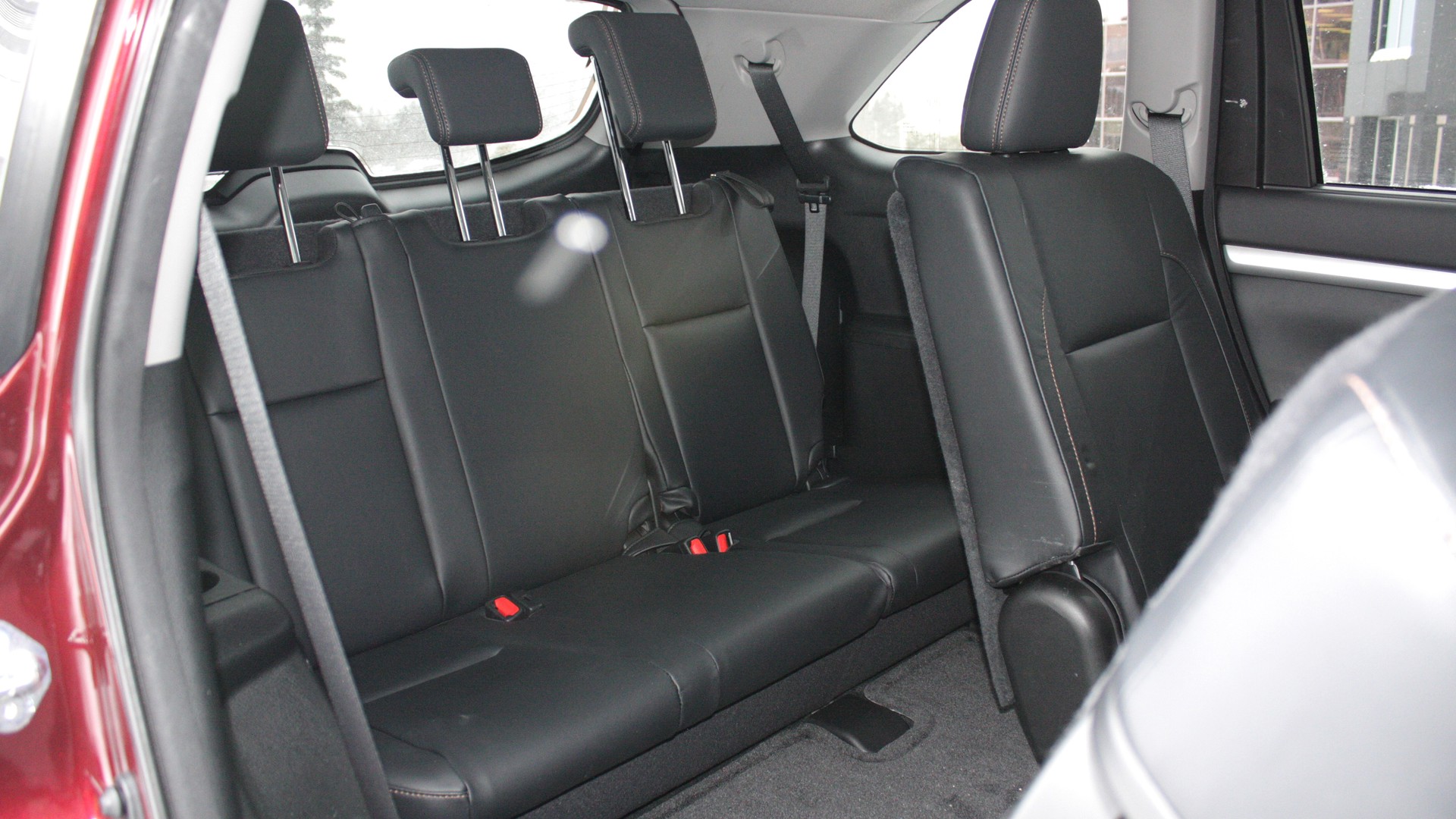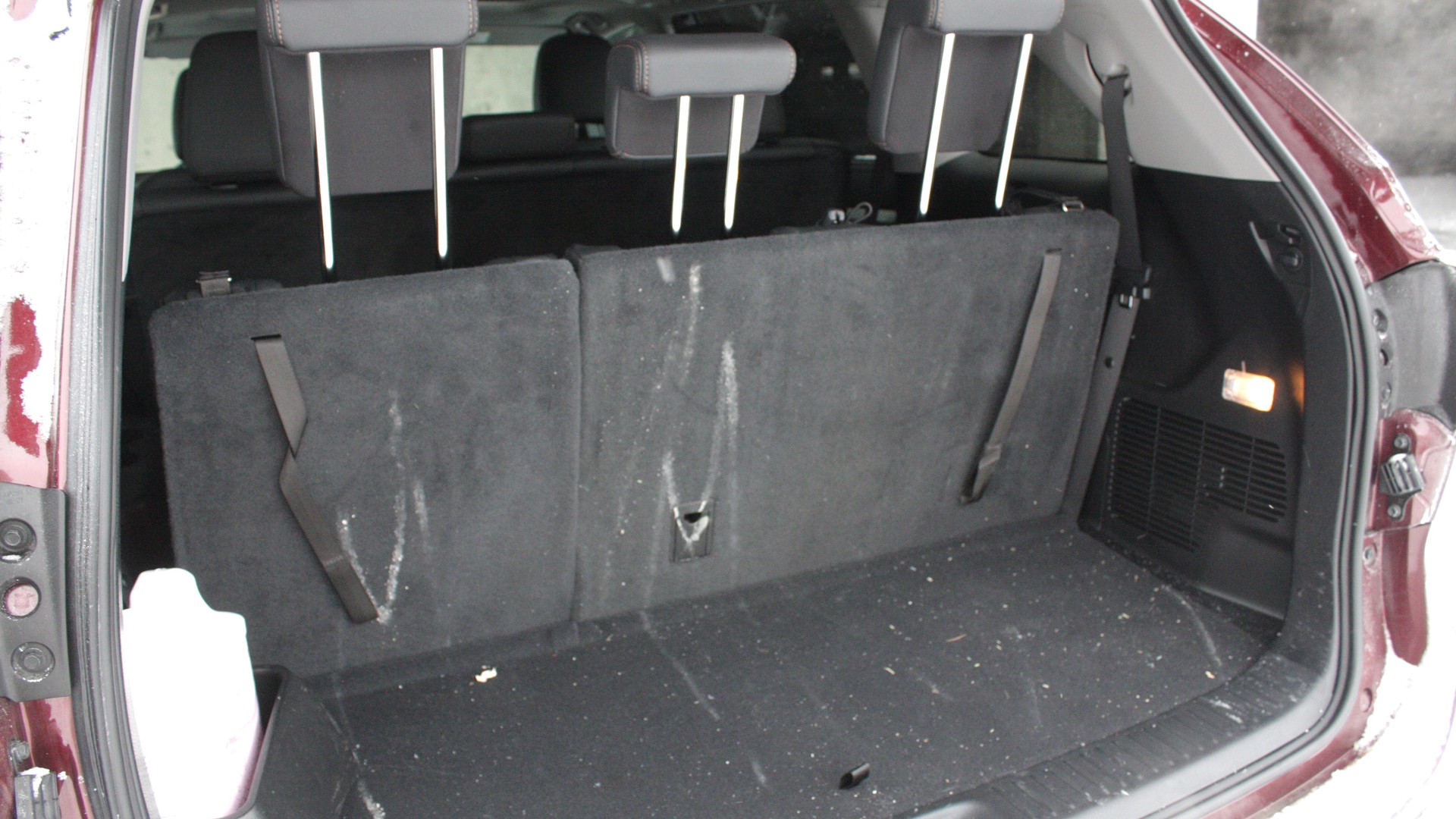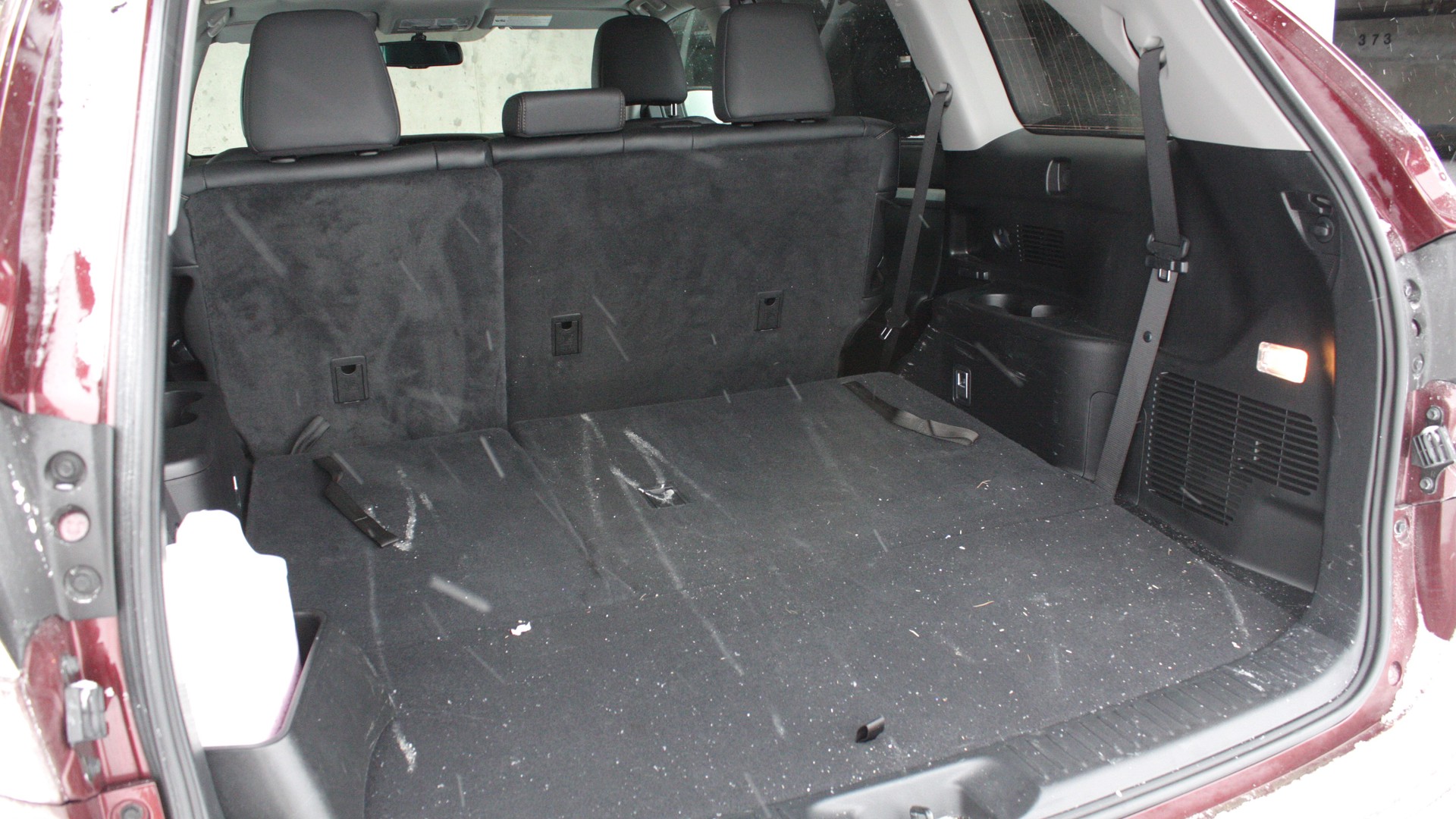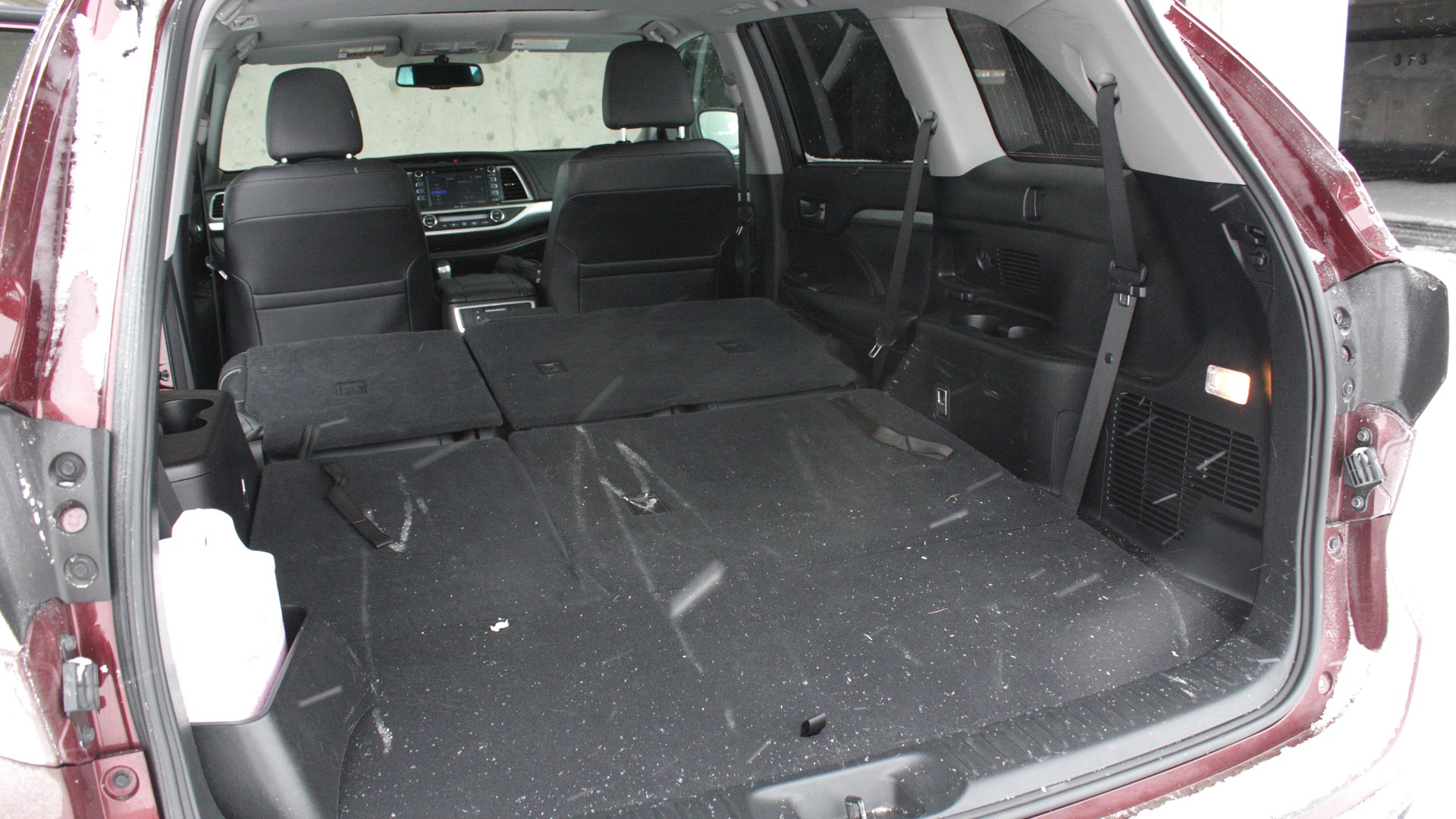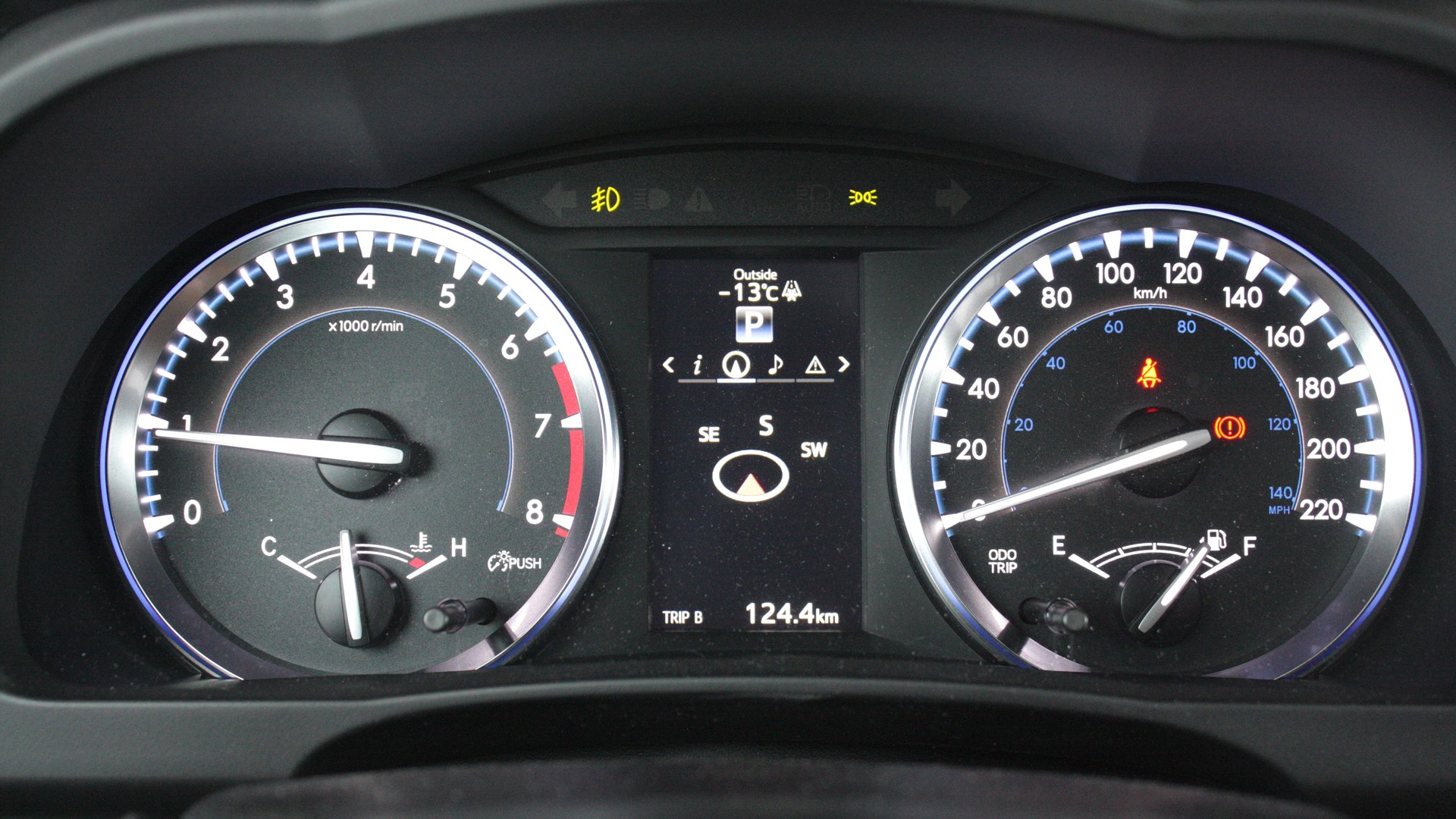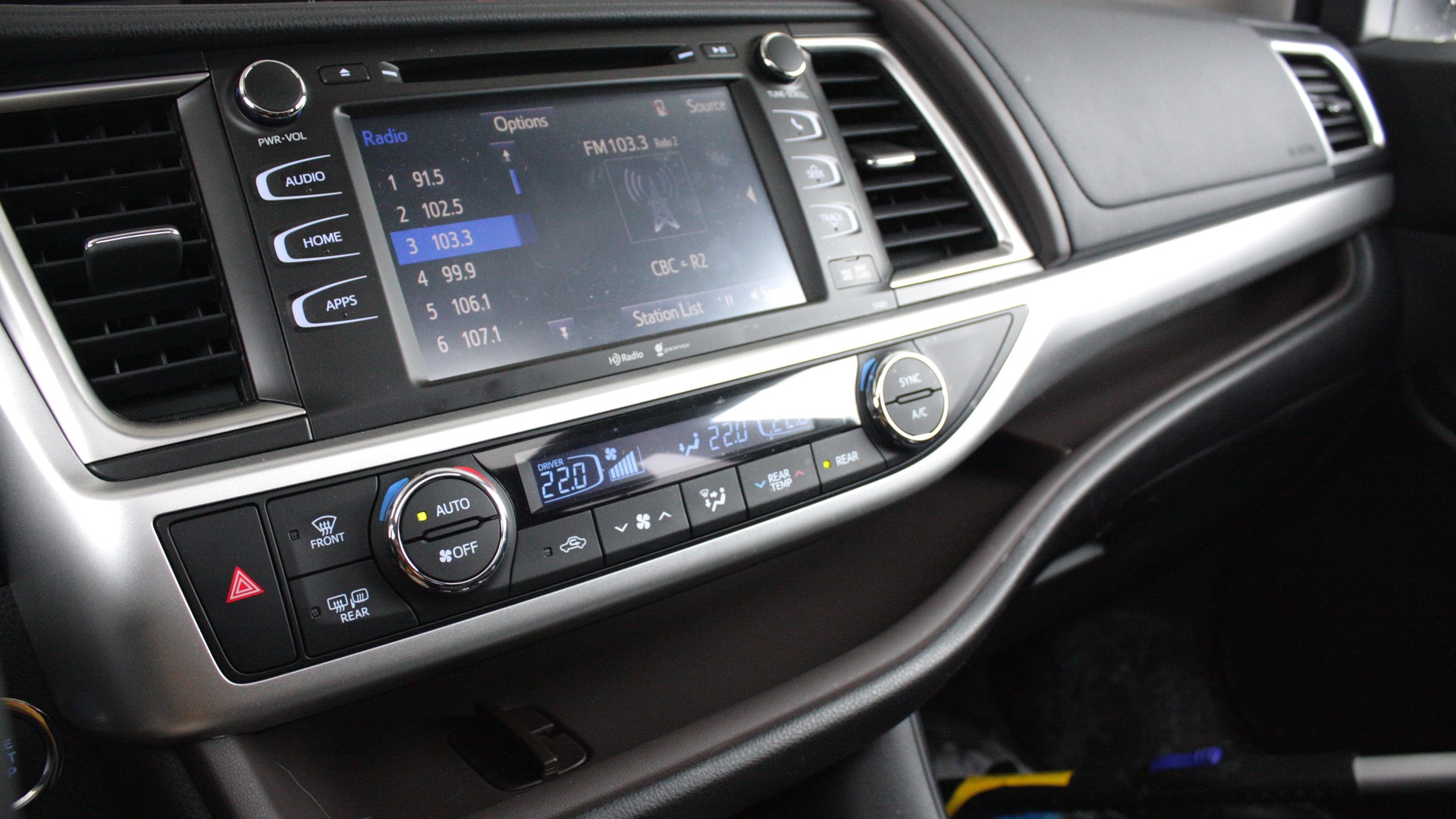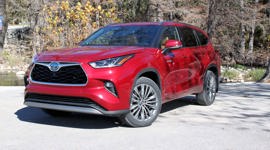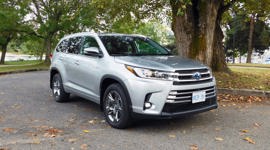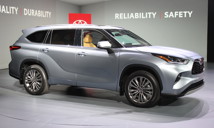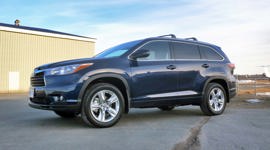 AutoTrader SCORE
AutoTrader SCORE
-
EXTERIOR STYLING6/10
-
INTERIOR7/10
-
PERFORMANCE5/10
-
COMFORT6/10
-
FUEL ECONOMY5/10
At the launch of the latest Corolla a couple years ago, Toyota announced the redesigned 2014 model would no longer be available in beige. This was of course seen as a tacit admission that for many years, the Corolla was, quite possibly, the world's most boring car.
That tongue-in-cheek nod to the Corolla's reputation as a favourite of drivers who don't really like to drive was the beginning of a revival of sorts. The new Corolla was the first mainstream Toyota model to show a hint of the kind of charisma that the brand's cars had lacked for some time.
Next in line for an attitude infusion was Toyota's big crossover, the Highlander. The second-generation model aged quickly following its 2008 introduction and was soon left behind by competitors that looked more modern, drove better and packed more value for money. A 2014 redesign aimed to place the Highlander squarely back in the mid-size crossover game with more distinctive styling and improved driving dynamics.
Not that this segment generally prizes sports car-like responses: Highlander remains a middle-of-the-road family vehicle; a firmer ride gives the impression of sharper handling, but a lack of steering feel makes negotiating corners with any enthusiasm a bit of a guessing game as far as how the front tires are interacting with the asphalt.
That tighter suspension was a detriment during my wintry week of testing: the Highlander pitches around on frost-heaved roads more than seems fitting, given a big crossover's family-comfort raison d'etre.
That's a shame, because the 3.5L V6 used across the line here in Canada (American buyers can choose a base model with a four-cylinder motor; a gas-electric hybrid variant is available in Canada and the U.S.) is a strong, smooth machine whose 270 hp and 248 lb-ft of torque are plenty to motivate an unloaded Highlander around town, but even with just me aboard, that engine had to work hard to maintain speed on a hilly drive from Ottawa to a destination in the mountains north of Montreal. If it felt like the Highlander could have used a bit more power on that drive, the upside is that this engine sounds good when pressed, and the worst of its mechanical vibrations are kept out of the cabin.
Official fuel consumption figures are 12.5/9.3 L/100 km (city/highway), but cold weather and that hilly drive drove my tester's thirst to 12.0 L/100 km in highway driving, and nearly 17.0 in the city.
As the 'cooler' alternative to the minivan for family transport, the Highlander is one of a busy class of three-row, mid-size crossovers designed to seat seven or eight people. Like its competitors, Toyota's entry will get that done, but not everyone inside will be happy about it.
There's enough leg- and headroom in the third row for smaller adults, but the three spots back there are best reserved for those who don't mind the low seating position that puts taller riders' knees up under their chins. Also, getting back there wasn't as well thought out as it could've been: Toyota says sliding the second row forward creates a larger opening to the third row than in the previous-generation Highlander, but it was still a tight squeeze in my XLE tester, with its three-place middle-row bench. Several of Toyota's mid-size crossover competitors allow easier access to the third row with more sophisticated flip/fold/slide second-row seat designs.
Toyota improved seat comfort in the second row, and gone is the removable centre section that allowed a pass-through to the third row. Now, a proper three-place bench is standard in all but the top-trim Limited model, which gets heated captain's seats in the middle row.
Up front, I found my tester's seats comfortable (though other reviewers I know have a much different opinion), and this $41,000 XLE model's chairs included a driver's seat cushion extender, a nice touch not often seen at this price point that allows drivers of all heights and proportions to find a good fit for their body type.
Design-wise, interior highlights include the centre stack, which incorporates a small shelf that stretches to the right-hand edge of the dash. It's perfect for mobile phones and music players, and has a small pass-through for wired connections to the auxiliary and USB inputs located under that shelf, ahead of the shifter.
For the driver, slimmer A-pillars improve forward visibility, and a back-up camera is standard across the line.
What's less well-executed is the touchscreen, not because it doesn't work (it's quite good, actually), but because it’s too far from the driver's seat to be an easy reach. This being a family vehicle, it's arguable that it is where it is to make it a simpler stretch for a front-seat passenger, but this demonstrates the upside to designs that use a console-mounted knob to eliminate the need to touch the screen itself at all.
Other user-friendliness complaints include the climate control's temperature knobs, which don't give you much to grip with gloved hands.
The Highlander also loses points in the value department: for around $40,000, both Kia and Hyundai (who else?) deliver their seven-seaters – the Sorento and Santa Fe XL, respectively – with more stuff.
Roughly $40,000 gets you a Sorento EX+ that includes safety kit like blind spot detection and rear cross-traffic alert, heated steering wheel and four-way driver's seat lumbar adjustability. In a Santa Fe XL, the $40,000 Luxury trim comes with heated steering wheel, blind spot detection, and a smart liftgate. Both of the Koreans also throw in a 115-volt power outlet, which isn't available in the Highlander at all.
Toyota's reputation for durability has always made its vehicles easy to appreciate, but the company's effort to inject some personality into the Highlander finally makes it easier to like. It may not represent a total break from the brand's function-over-fun philosophy, but it's a step in the right direction.
| Warranty: 3 years/60,000 km; 5 years/100,000 km powertrain; 5 years/unlimited distance corrosion perforation Competitors: |
| Model Tested | 2015 Toyota Highlander XLE AWD |
|---|---|
| Base Price | $40,995 |
| A/C Tax | $100 |
| Destination Fee | $1,730 |
| Price as Tested | $42,825 |
|
Optional Equipment
None
|
|
